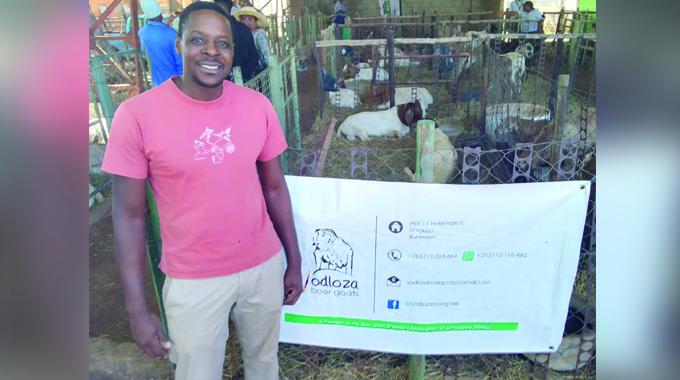Zimbabwe urged to export value-added dried fruit products

Business Reporter
ZIMBABWE should diversify her exports into value-added dried fruit products, which are on high demand in the European market, ZimTrade has said.
In its latest monthly newsletter, the trade promotion agency said the country should take advantage of the Eastern Highlands, which was endowed with vast land and a climate favourable for fruit tree growing.
“Producers need the necessary support to enable them to invest in drying techniques (dehydration, natural sun technique or freeze technique) and equipment necessary to value-add their fruit.
“Zimbabwe should follow countries such as South Africa and Ghana, which have succeeded in breaking into the EU market for dried fruit by understanding suitable varieties and best practice drying techniques,” it said.
The country exports primarily fresh fruit to South Africa and Mozambique with 2017 figures amounting to $55,4 million (oranges, nectarines, grapefruit) while dried fruit exports remain low at below $60 000 in 2017. The export promotion agency said Zimbabwe’s climate was favourable for the growing of most fruit and increased support to small-scale farmers to improve livelihood of communities has resulted in rising production.
For example, banana farming grew by 180 percent to 45 775 tonnes in 2017 compared to 16 000 tonnes in 2015. ZimTrade said plants that produce health products such as moringa and baobab powder flourish in Zimbabwe’s climate and were suitable for a variety of value addition processes. The value addition processes that can be done on moringa and baobab powder include packaging into teabags or capsules, which make them appealing to the global markets such as the EU. To succeed in the EU market, ZimTrade said exporters need to be aware of the food safety, packaging and labelling requirements for their produce.
According to a report from the Centre for Promotion of Exports from Developing Countries, ZimTrade said the major consumers of herbal medicinal products were in Europe in countries such as Germany, France, Italy and the United Kingdom with statistics showing that Germany alone consumed around $1,3 billion of such products in 2015. The national export promotion agency encouraged local exporters to make use of information resources available on the Zimbabwe Trade Information Portal to research more on the EU market and what it takes to enter into that market.
ZimTrade also pointed out that the Centre for Promotion of Exports from Developing Countries has noted that the EU was the largest market in the world for dried tropical fruit including bananas, passion fruit, apples, peaches, mangoes and pineapples. Statistics from the Trade Map show that Europe’s imports of selected dried fruit increased by around 10 percent from $8,8 billion in 2013 to $9,7 billion last year. The major importers in 2017 were UK, the Netherlands, Germany and the growing markets in Eastern Europe (Croatia and Austria), and the Baltic countries.
“This upward trajectory is expected to continue, driven by the healthy snacking trend and new product applications such as the rising use of dried fruit in breakfast cereals,” said ZimTrade.











Comments